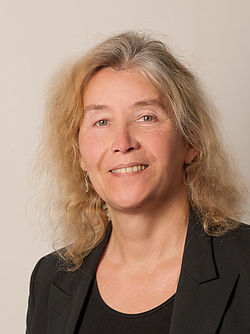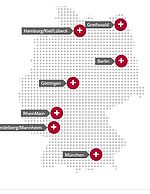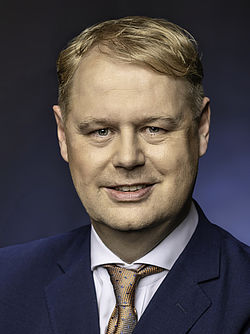Partner Site Heidelberg/Mannheim

Dr. Tanja Weis
Partner site manager
(Heidelberg University Hospital)
phone: +49 6221 56-38064
tanja.weis(at)med.uni-heidelberg.de
Project manager:
Denise Kampffmeyer
phone: 06221-56-37971
denise.kampffmeyer(at)med.uni-heidelberg.de
Principal Investigators
Institutes and Hospitals
Heidelberg University
Heidelberg University Hospital
University Hospital Mannheim
German Cancer Research Center
European Molecular Biology Laboratory
Profile of Partner Site
The DZHK partner site Heidelberg/Mannheim conducts research under the title “Heidelberg University Research Center for Cardiomyopathies and Arrhythmias – From Genes to Translation”, focusing on the causes, signalling pathways and unanswered clinical questions concerning cardiomyopathies.
The Heidelberg/Mannheim partner site integrates researchers with interdisciplinary experience –clinicians, molecular biologists, geneticists and bioinformaticists of the university hospitals in Heidelberg and Mannheim, Heidelberg University as well as the German Cancer Research Center (DKFZ) and the European Molecular Biology Laboratory (EMBL). The DZHK partner site Heidelberg/Mannheim participates in most of the DZHK programmes, however its main focus is on studying cardiomyopathies and arrhythmias within Programme 2 (Hereditary and Inflammatory Heart Disease). The objective of this program is to carry out extensive translational research on cardiomyopathies in order to develop new diagnostic methods and innovative treatment concepts. The research strategy includes techniques of genetic and epigenetic analysis as well as diagnostic imaging and model systems for the functional analysis of molecular signalling pathways, e.g. the zebrafish, mouse, rat and also the pig as human-relevant model. Furthermore, personalised, pluripotent stem cells in the animal model and also from patients will be generated and investigated. From stem cells – initially in the animal model – functional myocardial tissue to repair the diseased tissue will be differentiated (engineered heart tissue). A key objective is also to make the methodology platforms established at the partner site available to all partners in the DZHK. These are the Next Generation Sequencing Platform, the AAV Platform, the Zebrafish Platform, the Large Animal Platform and the Patch Clamp Facility. As an important new infrastructure, a registry for cardiomyopathy patients will be established at the Heidelberg/Mannheim partner site. The objective is to collect extensive clinical data and biomaterial information on many thousands of patients over the long term and to make this available for innovative clinical studies and analyses.




